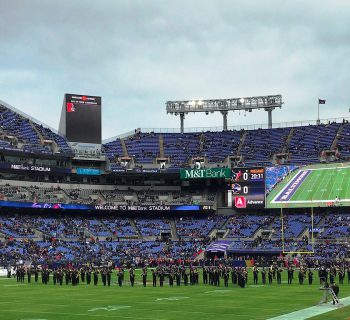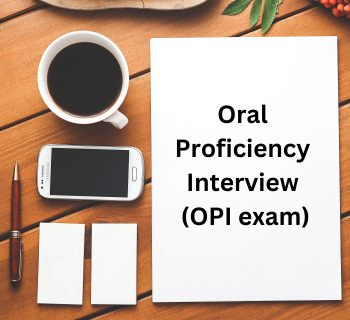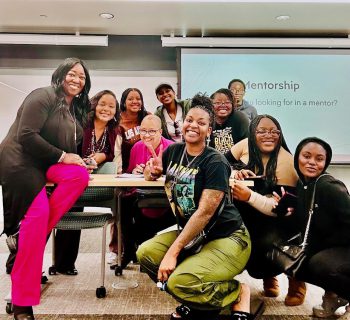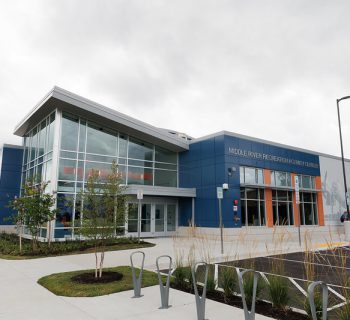Taylor Heinbuch
*Articles reflect the views of the author and or those quoted and do not necessarily represent the views of CCBC or the CCBC Connection.
It is no surprise that the enrollment rates of higher education institutions took a significant hit at the height of the COVID-19 pandemic. However, in 2022, with society back on track to some semblance of normalcy, the decline in enrollment rates is still alarmingly high, and community colleges are being hit the hardest.
An already stigmatized way to seek out higher education, this decline in enrollment rates has left many who were already failing to see the benefits of community colleges questioning their overall importance to the role of higher education. But despite the skeptics, the truth is that community colleges not only provide a plethora of advantages to their students but also play an essential role in higher education.
With their lower tuition costs, community colleges make seeking higher education much more accessible to individuals from low-income households or backgrounds. Community colleges also have open-enrollment policies and flexible scheduling, making enrollment and attendance significantly more convenient for those who are already a part of the workforce and are either seeking to further their education or interested in a career change.
“Community colleges have a critical role to play in addressing this country’s greatest challenges: stagnant family incomes, disparities in income and wealth, and political polarization,” said Steven Mintz of Inside Higher Ed.
Community colleges are the backbone of the American higher education system. They are responsible for the enrollment of nearly half the population of college students in the U.S., and most belong to underrepresented minority groups. Even more so, a considerable number of those students are either low-income, first-generation college students, or students above the age of the standard college demographic. And unfortunately, receiving higher education would be much more challenging for many who belong to these groups without community colleges’ openness, affordability, and flexibility.
The overall acceptance rate of community colleges sits at around 79 percent, with private community colleges averaging 74 percent and public ones averaging 85 percent. To put that into perspective, as of 2022, most major “top” universities in the U.S. have an acceptance rate of less than 20 percent. Community colleges understand that higher education should be accessible to everyone who wants or needs it, but many universities seem to feel individuals must earn the right to that access.
Furthermore, the average tuition cost for community colleges is about $3,900, making it a much more feasible option for higher education for individuals from low-income households or backgrounds. Especially when compared to the average tuition cost of a standard four-year university, which is more than double the amount for community colleges at about $9,400. Additionally, many students attending community college who receive financial aid, such as a Pell Grant, can usually cover the cost of an entire semester using only their financial assistance.
And on top of the accessibility and affordability, the flexibility of class schedules at community colleges is a crucial benefit for those who attend them. Many community college students are at an age where they are already working full or part-time jobs, have a family to raise or both. Community colleges offer morning, afternoon, and night classes, making it remarkably simple for individuals already in the workforce or with children to take care of to find a time that fits their schedule to further their education.
Community colleges play a fundamental role in American higher education. Without their existence, it would be incredibly challenging for many individuals even to entertain the idea of seeking higher education, let alone accomplish it. Through their accessibility, affordability, and flexibility, community colleges open the door to higher education for many people who otherwise may not see it as an attainable goal for themselves. And that is what makes them so important. Higher education is a right for all, not a privilege for those who can jump through the hoops, and nobody understands that more than community colleges.















I’ve worked at a Community College for more than a dozen years and this was a great article that clearly demonstrated the need to invest in and continue to work hard on transforming these places to help students achieve their goals. Great job highlighting the flexibility and cost-saving associated with these schools. The last paragraph was a clear, concise summary I can bring to Thanksgiving dinner with my family to help explain the importance of our work. Thanks!